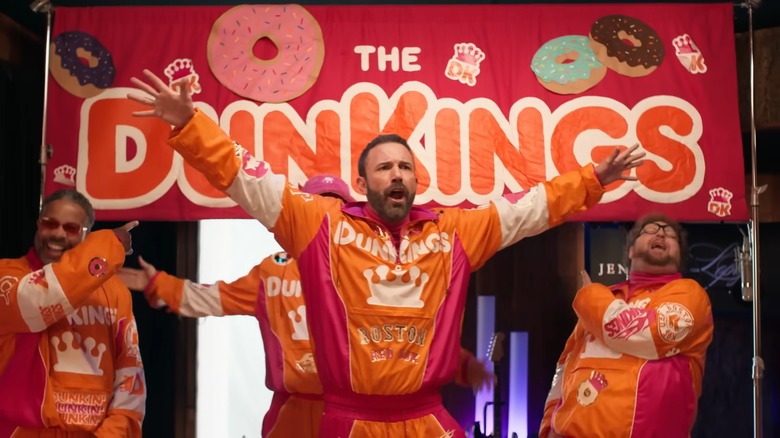How Much Does It Cost To Run A Super Bowl Commercial? Why Advertisers Pay Millions
The NFL's annual Super Bowl marks a major cultural event, with avid fans and casual viewers alike breaking out team jerseys and snacks to celebrate the big game. While the football game is the main appeal, the showing's myriad commercials have long been a key part of the experience, with Michael Cera's humorous CeraVe commercial and Jennifer Aniston's nostalgic UberEats ad being recent standouts.
However, featuring your commercial in a primetime Super Bowl slot is no cheap feat, with CBS News reporting that the average cost of a 30-second ad in 2024 was $7 million. For comparison, the average cost of an everyday television ad is estimated to be just under $105,000, though this can vary depending on time slot, ad length, and broadcast area.
While the cost of a 2024 Super Bowl ad matches 2023's average pricing, the cost has been steadily increasing over the years, rising from 2019's average price of $4.5 million. If you've ever wondered why companies are willing to spend so much for a Super Bowl ad spot, the answer lies in the event's major viewership.
The Super Bowl offers major ad exposure
Millions of viewers tune in to the Super Bowl every year, making it a prime spot for corporate advertisements. According to Nielsen, 2023's Super Bowl game had an estimated 113.06 million viewers, with 77% of TV watchers at the time tuning into the big sports event. In an article from The San Diego Union-Tribune, experts weighed in on the enduring popularity of Super Bowl ads, with an overwhelming majority confirming that the investment serves as a major opportunity for companies.
"In a world of fragmented media with hundreds of channels and other viewing options, live sports in general and the Super Bowl in particular are one of the few areas that can attract a lot of viewers," Alan Gin, an economics professor at the University of San Diego, told the outlet. "Super Bowl ads are expensive, but there is no other place where such a large audience can be reached." Because the Super Bowl is guaranteed to draw so many eyes to one screen, a commercial spot serves as the perfect opportunity for big-name companies to start a new ad series, introduce a product, or foster brand loyalty.
Audiences are willing to watch Super Bowl commercials
Not only does the Super Bowl's massive audience make it a TV phenomenon, but its viewers' openness to watching and actually enjoying commercials makes it a big deal for advertisers. As a cultural event, it draws in more than just everyday football fans, with Super Bowl commercials serving as another form of entertainment and a common ground for those not as invested in the game.
"Consumers expect Super Bowl ads to be funnier and more entertaining than regular ads, given the high stakes for advertisers," explained business administration professor Maria A. Rodas to the University of Illinois' News Bureau. "Because of this, Super Bowl ads have become part of our popular culture, which in turns creates more of a desire for people to watch the ads."
In this way, Super Bowl ads can create lasting hype, with media outlets and viewers alike talking about commercial flops and favorites in the days following the big event. As Ray Major of The San Diego Association of Governments told The San Diego Union-Tribune, "[With] pre-Superbowl teasers, post-game discussions, and speculation and anticipation of the best and worst commercials, these ads will certainly pay for themselves from a mind-share perspective."


